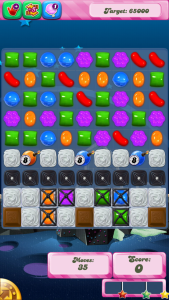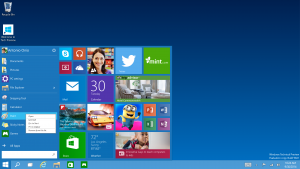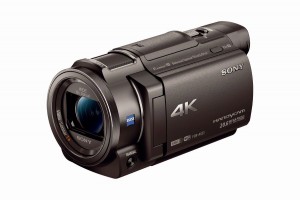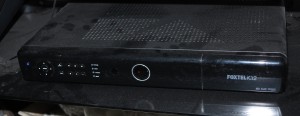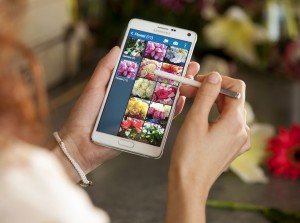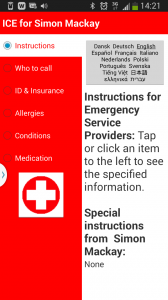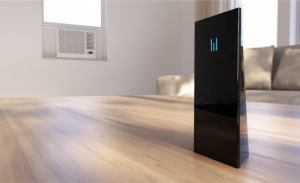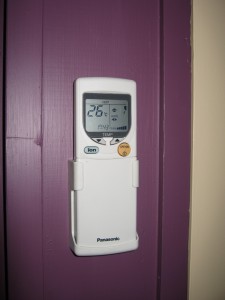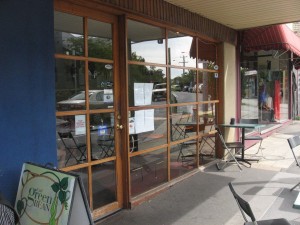It is now simple to port iOS and Android apps to Windows 10
Articles 
How Microsoft Is Going To Port Everything To Windows | Gizmodo
Android applications will be able to run on Windows 10 | Android Authority
From the horse’s mouth
Microsoft
Welcome speech for Build 2015 – Blogging Windows
My Comments
The Web has been awash with rumours about Microsoft allowing Android apps to run on Windows 10. The image projected by these rumours underscored ideas of users running Android APK program files in the Windows 10 environment or a gateway to Google Play on this operating system.
But Microsoft announced at Build 2015 conference a very different scenario that is more about developers being able to easily port iOS and Android apps to Windows 10 Universal Apps. It is part of a simplified code-porting mechanism that will come with this new operating system.
As you already know, a Windows 10 Universal app is designed from the outset to run on a regular desktop / laptop computing environment, a tablet or 2-in-1 in “tablet mode”, a smartphone or even the XBox One games console.
The process of “porting” an app to run on different computing platforms is about making sure that the program conveys a user experience that doesn’t differ no matter the platform that you are running it on. Rather it takes advantage of the bouquets that the platform provides like improved sound or graphics and is something I have seen in action through the late 1980s with games written by the likes of Sierra and Broderbund. In that era, there were a few different home / desktop computing platforms in circulation ranging from the IBM PC (MS-DOS) platform, Apple’s Apple II and Macintosh platforms, to Commodore’s legendary C64 and Amiga computer platforms and anyone who wanted to cover a large market with a games title had to port these titles across the different platforms.
Take for example “Where In The World Is Carmen Sandiego” which I had played on an Apple IIe and on an IBM-compatible running MS-DOS 3.3 . These games were ported in a way to take advantage of the graphics abilities the different platforms offered and were worked to give the same smooth operating environment for the platform you bought it for. If I had played that game on a Commodore Amiga, it would have come through with graphics and sound performance appropriate for that platform such as sharper graphics with many different colours along with a richer music soundtrack.
If you were to port an application or game to a different platform, you had to rewrite the program code from the ground up to target that platform. As well, you had to re-engineer all of the resources like the graphics and sound for that platform. This became a costly affair because you had to hire programmers who were conversant with your native computing platform and the target platform to do this job and make sure they run as expected on that platform. In some cases, the software may not run exactly as required nor would it properly take advantage of the platform’s assets.
Microsoft has made this process simpler courtesy of the Project Islandwood and Project Astoria software-development kits which simplify the process of porting iOS or Android apps to Windows 10 Universal Apps. These would allow the developer to reuse the iOS Objective C or Android Java/C++ code as the mechanism for the program and allow them to tweak the code to run smoothly in Windows 10, taking advantage of its assets like Cortana, Live Tiles, XBox Achievements and the like where appropriate.
They worked with King.com to use the new software-development kits to port Candy Crush Saga to Windows, having the gameplay experience on a Windows Phone similar to what was expected out of an iPhone.
What does this mean? It could allow a software developer to target iOS or Android for their programs then have it ready for the Windows platform very shortly after that without it being a costly affair..Who knows when a game like Candy Crush Saga could appear on the XBox One as a “quick-play” game to play on your TV?

